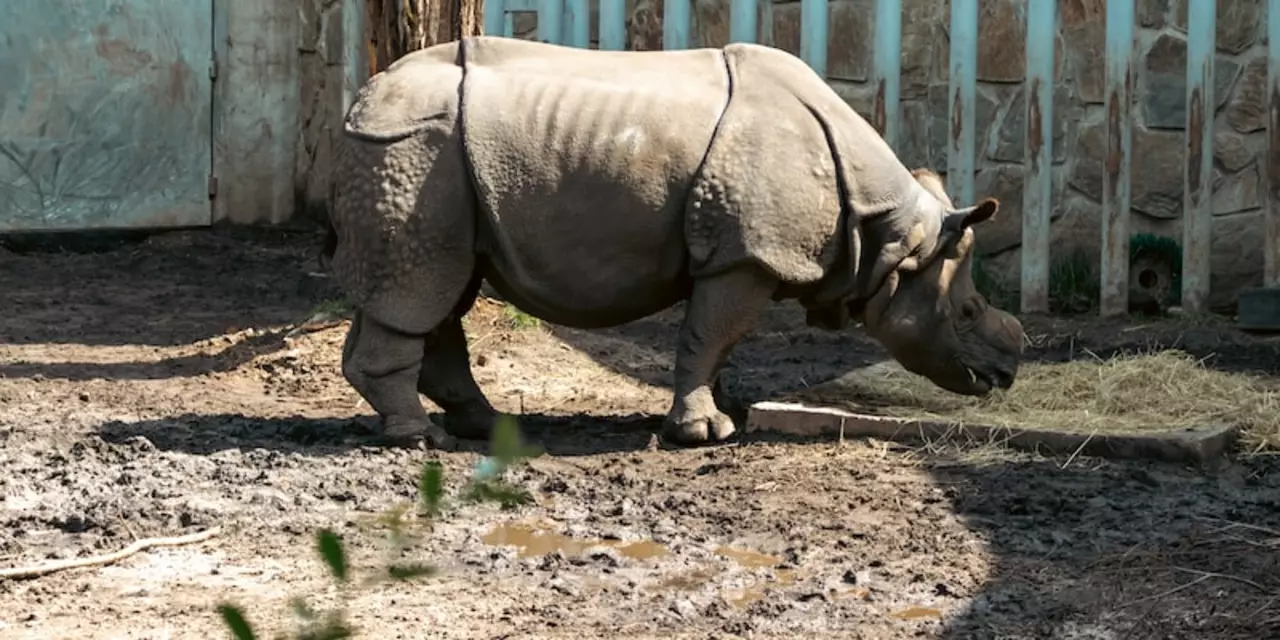Danger in Sports: Risks, Safety Tips & What Fans Need to Know
Every sport has its share of excitement, but it also carries real danger. Whether you’re stepping onto a field, watching a fight on TV, or streaming a youth game, knowing the risks helps you enjoy the action without getting caught off guard. In this guide we’ll break down why danger shows up, how it affects athletes and fans, and what simple steps you can take to stay safe.
Why Danger Pops Up in Modern Sports
Danger isn’t new – it’s part of the game’s DNA. Some match‑ups are risky by design, like the upcoming Jake Paul vs. Gervonta Davis exhibition where a 70‑pound size gap raises questions about safety and fairness. High‑impact sports such as football, boxing, and rugby also see more injuries because the physical demands are huge. Even seemingly low‑risk activities can turn dangerous if a player ignores basic health signs, like the warning signs of a heart attack that can strike in minutes.
Another hidden danger is the perception that the sport itself is rigged or unfair. While most athletes compete honestly, scandals and cheating rumors can make fans feel vulnerable, especially when large sums of money and reputations are at stake. These mental hazards add a layer of stress that can affect performance and enjoyment.
Practical Tips to Stay Safe Whether You Play or Watch
If you’re an athlete, start with a solid warm‑up and wear gear that fits properly. In a sport with size mismatches, like a catch‑weight boxing bout, make sure the rules protect the lighter fighter – ask about medical checks and weight‑class enforcement before stepping into the ring.
For spectators, keep an eye on the venue’s safety guidelines. Know where the first‑aid stations are, and don’t ignore symptoms like chest pain, shortness of breath, or dizziness – they could be early signs of a heart issue. If you’re streaming a live youth sports event, pick a platform that follows broadcast standards and have a backup plan if the stream cuts out.
When it comes to mental danger, stay critical of rumors and verify information from reliable sources. If a controversy erupts, look for statements from the league, the teams, or official investigators rather than spreading unconfirmed gossip.
Finally, always have a plan. For players, that means a clear injury protocol and access to medical staff. For fans at home, it means knowing how to contact emergency services quickly if something goes wrong during a high‑energy game.
Danger will always be part of sports, but it doesn’t have to ruin the fun. By understanding where the risks come from and taking a few simple precautions, you can watch or play with confidence. Stay alert, stay prepared, and enjoy the game safely.

How dangerous is a horned viper?
The Horned Viper is a highly venomous snake found in the Middle East, North Africa and parts of Europe. They are small snakes that grow to around 70 cm in length, and they have a reputation as one of the most dangerous snakes in the world. They are known to be highly aggressive and have a particularly potent venom that can cause extensive tissue damage and even death if left untreated. However, the Horned Viper is not actually responsible for many bites, and most occur when the snake is handled or disturbed. As such, if left alone, it poses minimal risk to humans.
Read More